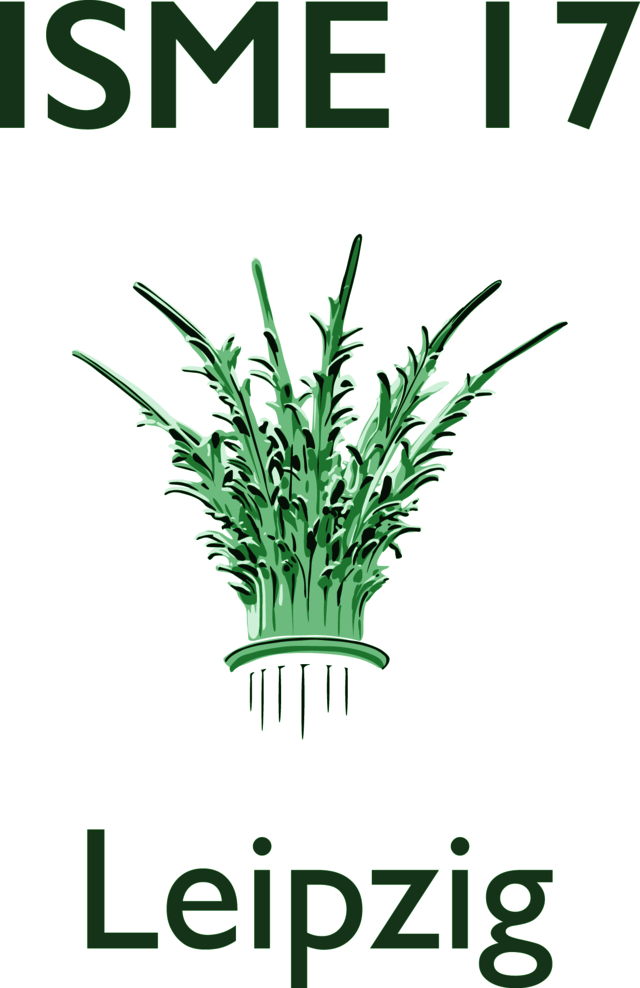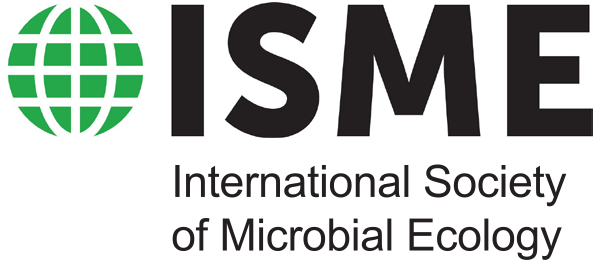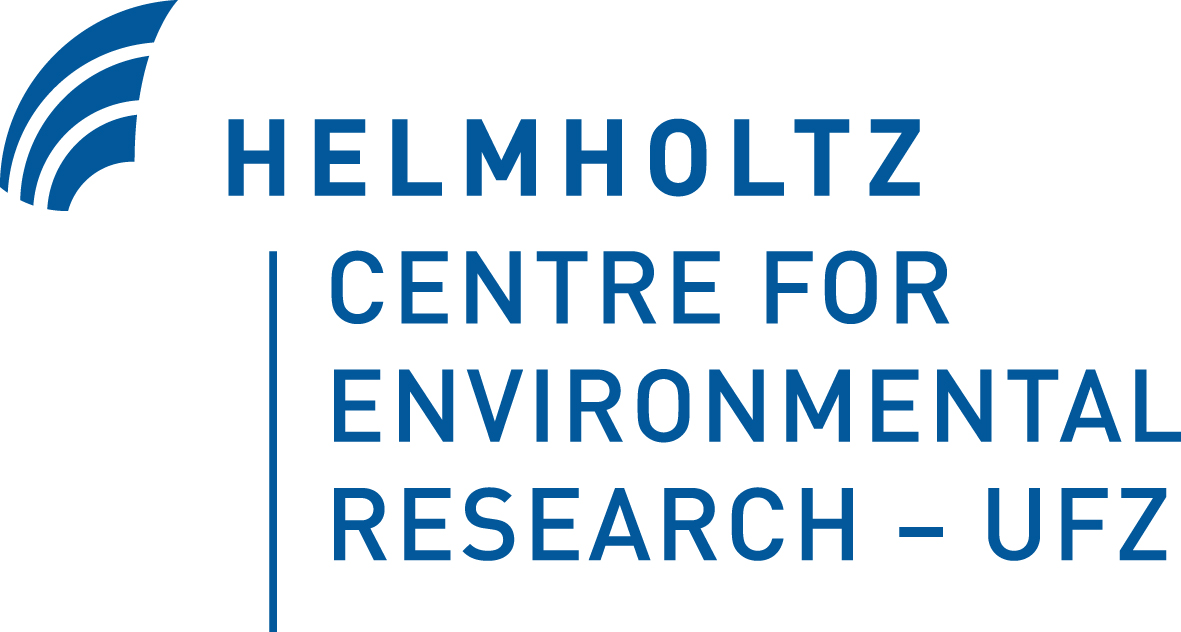Talks:
Karen G. Lloyd (University of Tennessee, Knoxville, USA)
The Power of Undiscovered Microbes
Alexandre Jousset (Utrecht University, The Netherlands)
Microbial gardeners for a pesticide-free agriculture
Mary Beth Leigh (University of Alaska, Fairbanks, USA)
The art of microbiology: discovering the microbial world through art-science integration
Josh D. Neufeld (University of Waterloo, Canada)
Human skin microbiome - etwas hautnah erleben
Anja Worrich (Helmholtz Centre for Environmental Research - UFZ, Leipzig, Germany)
Fairy tales through the lens of microbiology
Jan Roelof van der Meer (University of Lausanne - UNIL, Switzerland)
Microbes and us: United we stand
Chaired by UFZ scientists Federica Calabrese & Benjamin Korth
Abstracts:
The Power of Undiscovered Microbes by Karen G. Lloyd:In the past few decades, it has become clear that many of the microbes on Earth have evaded our abilities to grow and study them in lab. This leads to some surprising possibilities for what microbes actually do in the environment.
Microbial gardeners for a pesticide-free agriculture by Alexandre Jousset:
Intensive agriculture has long relied on a heavy use of pesticides. The initial yield gains are now being offset by the tremendous negative effects of pesticide on biodiversity and human health. Luckily, plants can count on natural allies: every gram of soil contains billions of microbes, many of them being able to naturally protect plants against diseases and pests. I will present how we can harness these microscopic gardeners to replace pesticides and feed mankind without destroying the environment.
The art of microbiology: discovering the microbial world through art-science integration by Mary Beth Leigh:
The need for public understanding of science is critical as society faces social-ecological challenges that are growing in intensity and number, including environmental contamination and the many broad-reaching effects of climate change. The arts and humanities can stimulate curiosity, empathy, and a sense of wonder about the natural world and connect scientifically derived information about the world with environmental ethics, which may lead to changed attitudes and behaviors. This presentation will highlight an arts-humanities-science collaborative exhibition, “Microbial Worlds”, in which artists and writers developed original works for the public following interactions with microbiologists through lectures, labs, and field trips to research sites in Alaska and Finland. Artists incorporated microbial morphology, metagenomics, microbiological history, and climate change concepts into their art works spanning multiple media (visual art, writing, dance and multimedia art). This presentation will also provide an overview of the groundswell of environmental science, arts, and humanities activities across the U.S. Long-Term Ecological Research (LTER) network and the impacts of collaborative exhibits and events on public audiences.
Human skin microbiome: etwas hautnah erleben by Josh D. Neufeld:
Skin is an important barrier between our bodies and the world around us. Literally crawling with microorganisms, these superficial microbial landscapes help our immune systems develop to regulate skin health and disease. This presentation will explore the invisible world that coats our bodies, demonstrating through recent research how these skin microbes serve as biological signatures of who we are, where we live, and how we have evolved as a species.
Fairy tales through the lens of microbiology by Anja Worrich:
Children around the world love fairy tales because the storyline never limits the possibility that anything could happen. To grown-ups, however, they seem too unrealistic to hold any grain of truth. But perhaps that is a misbelief. If we look at fairy tales through the lens of microbiology, we may find some surprising similarities and stories that aren't as far-fetched as they initially appear to be. Enjoy a fairy tale journey through the world of fungal-bacterial interactions and find out how they jointly defeat all the threats to live happily ever after.
Microbes and us: United we stand by Jan Roelof van der Meer:
The topic I would like to present is Microbial Community Engineering. With a very brief introduction on what are microbes and microbial communities, and why they are important for nature, for (our) health and for society, and then exposing some ideas on why it would be interesting to understand better how they can be engineered (or manipulated – although we don’t like the term) and how this might be accomplished.


|

|

|

|

